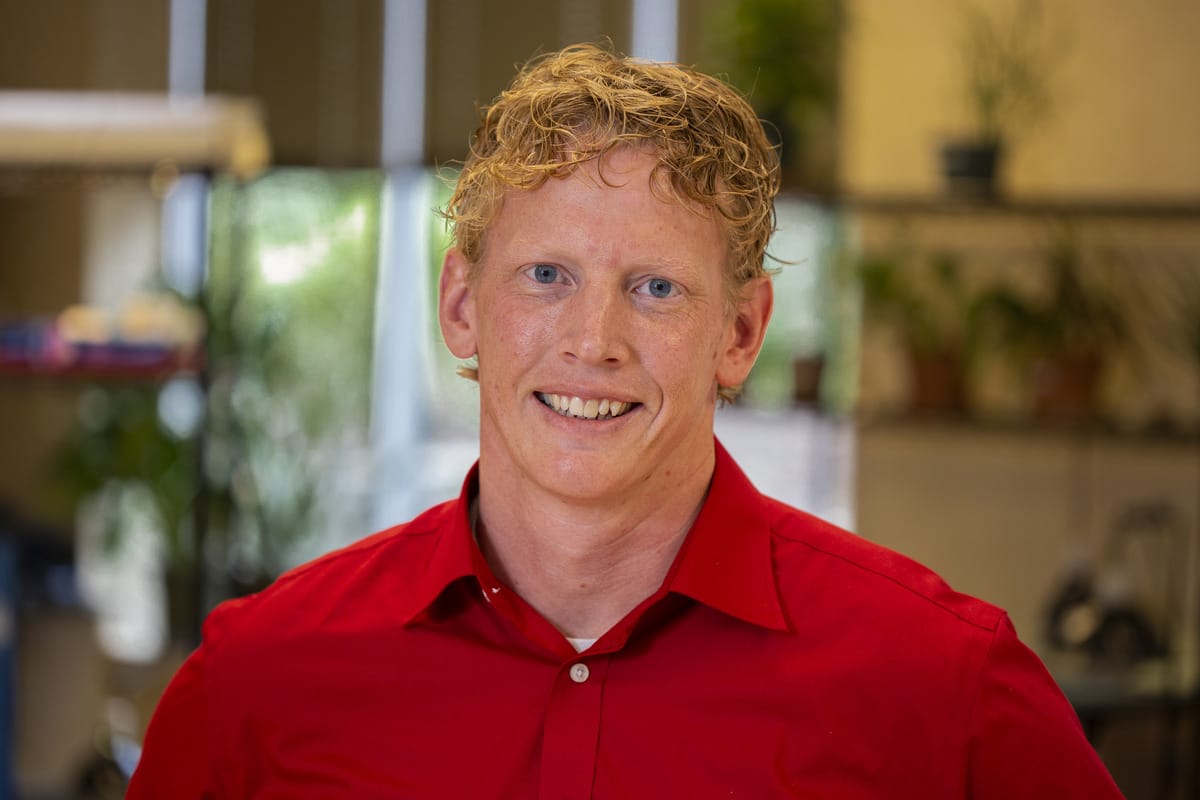“And then they called me a weirdo,” she said with tears in her eyes, “and they wouldn’t stop. They followed me around and they kept saying it and saying it.” She sobbed and I felt for her, I really did, but a small voice in the back of my mind said those bullies had a point.
It wasn’t just that her clothes were dirty and worn; it was that everything she wore was just the kind of thing one shouldn’t wear to sixth grade: cartoon characters everyone had recently outgrown, peculiar mishmashes of styles. And her hair! She invested no time in combing it, ever, and had grown quite a fine collection of rats’ nests and comet tails. She was a brilliant mathematician and a creative artist; why couldn’t she figure it out?
Everybody–all of the teachers–knew she needed a makeover, not only for her appearance but for her whole attitude toward life; maybe this was just the sort of catalyst that we could use to help her. To help her fit in a little, to become a well-adjusted young lady who could mature into a well-adjusted woman–a healthy grown-up just like us. I knew what I had to do. I would tell her that I’d discipline the name-callers, and then I would help her learn to adapt herself to the world. To become more reasonable. To become more conventional, more normal. Ordinary. Boring.
The Courage to Stand Out
I am not proud of everything that I’ve done in education. I can’t help but feel every imperfection in even my finest moments. But I am proud of what I told her:
“They’re right. You are a weirdo.”
She stopped crying and looked at me confused.
“You’re a very strange kid. Bizarre. Maybe even a little crazy. But I’ll tell you a secret,” and I leaned in and whispered, “all the best people are.”
Then I told her the truth: that she was one of my favorite students because she was unapologetically weird, and that her weirdness would cause her hardship and pain. I told her I would do everything I could to make the school safer for weirdos like her, and that in the unsafe world, all the progress comes from people who suffer against the norms. Every educator knows that weirdness is what makes our students grow. After all, curiosity, creativity, and critical thought don’t bloom in a stagnant mind. So instead of wringing our hands over the social ecosystem, let’s encourage our students to think weirder.
Here are three free strategies you can use to help your students embrace their inner weirdness today:
Think Deeper
Make a mistake and pass it off as the truth. In second grade, I always tried to convince them that 41 – 19 = 38. My argument is that 9 – 1 = 8, and 4 – 1 = 3. This was before they had learned how to formally regroup, and it always took a thinker and a rebel to point out that I was wrong. I would argue and force them to prove it. And when they did, I would drive home the lesson very hard that something isn’t right just because the teacher says it is. That truth is something out there, that they can think about and experiment on and discover for themselves. And that’s a lesson that’s even more important than regrouping. How can you be an errant authority tomorrow?
Weird is Wonderful
Some teachers think they’re doing their class a service by telling them that it’s OK to be weird. This is a lie. It’s not OK; it’s absolutely essential. Telling them it’s “okay” sends an implicit message: “It’s fine, but it’s not ideal.” That defeats the whole purpose. Instead, say, “It’s awesome to be weird. It’s wonderful. Incredible. Amazing.” Drive it home early and often that your class is a place where weirdness is valued.
Try Another Way
This one is easy: if your class knows one way to do something, push everyone to come up with a weirder way to do it. Every once in a while, one of these weird ways will turn out to be not just interesting and fun but brilliant. And that’s perfect.

